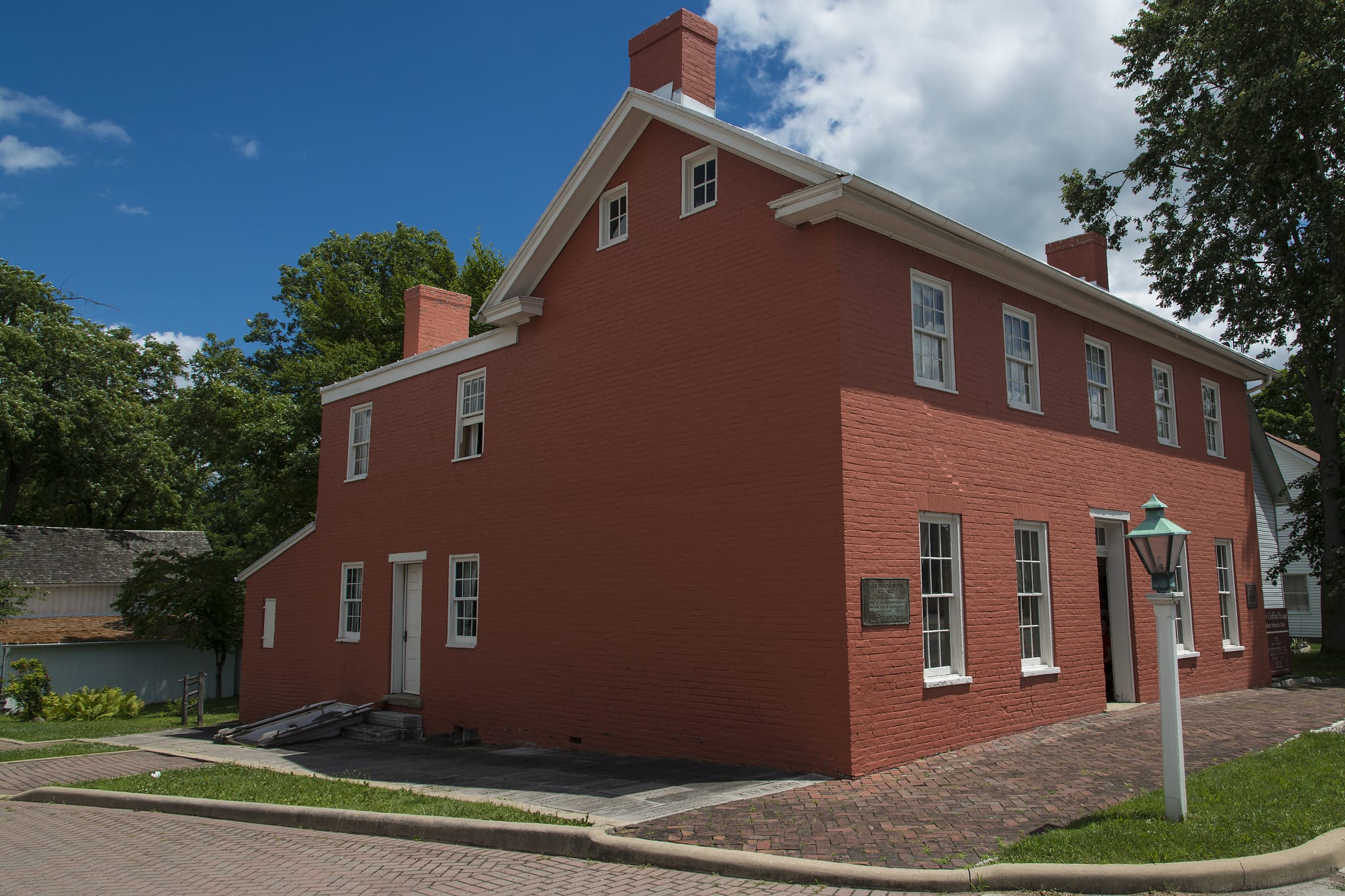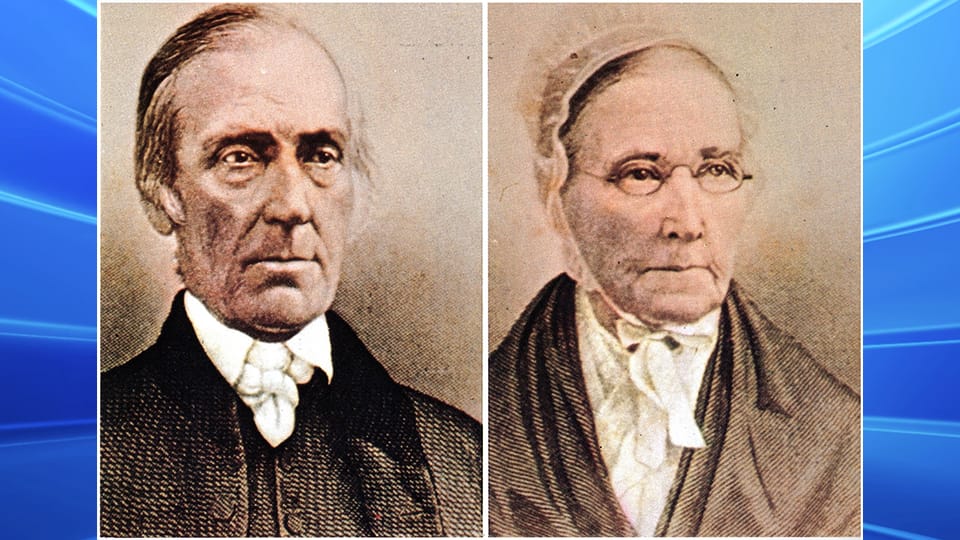Indiana Quaker family honored by national abolitionist museum
Subscriber Benefit
As a subscriber you can listen to articles at work, in the car, or while you work out. Subscribe NowA historic Quaker couple from Indiana is being recognition by a national group for their commitment to fighting against slavery in the 19th century.
Last week, Levi and Catherine Coffin were inducted into the National Abolition Hall of Fame, the Indiana State Museum announced Monday. The couple operated a major stop on the Underground Railroad and helped more than 1,000 enslaved people on their journey to freedom.
The hall of fame is a museum in Peterboro, New York, that honors the records of Americans who worked to end the practice of slavery in America.
Levi and Catherine Coffin were born and married in North Carolina before moving to Indiana in 1828. They lived in Fountain City—then called Newport— for 21 years. In that time, they turned their home into one of most successful stops on the Underground Railroad. According to a press release from the museum, the Coffin home in Fountain City became known as “the Grand Central Station of the Underground Railroad.”
The Coffins eventually moved to Ohio in 1847, where they continued to advocate against slavery.
The Quaker couple’s historic home in Fountain City bears is a National Historic Landmark and Joanna Hahn, site manager for the Levi and Catharine Coffin State Historic Site, said their induction to the abolition hall of fame helps people from around the country learn about their good works.
“It only seemed right to have the Coffins included in the National Abolition Hall of Fame along with other inductees they worked alongside to bring an end to slavery,” Hahn said in a release. “This is an honor that extends beyond the historic site in Fountain City by celebrating their story on a national level.”
Today, Fountain City records fewer than 1,000 residents where it sits on the eastern edge of the state near Ohio.
Levi Coffin’s autobiography “Reminiscences” is the main primary source of knowledge about the couple’s time as operators on the Underground Railroad where they provided food and shelter to runaway slaves, at great risk to themselves.


